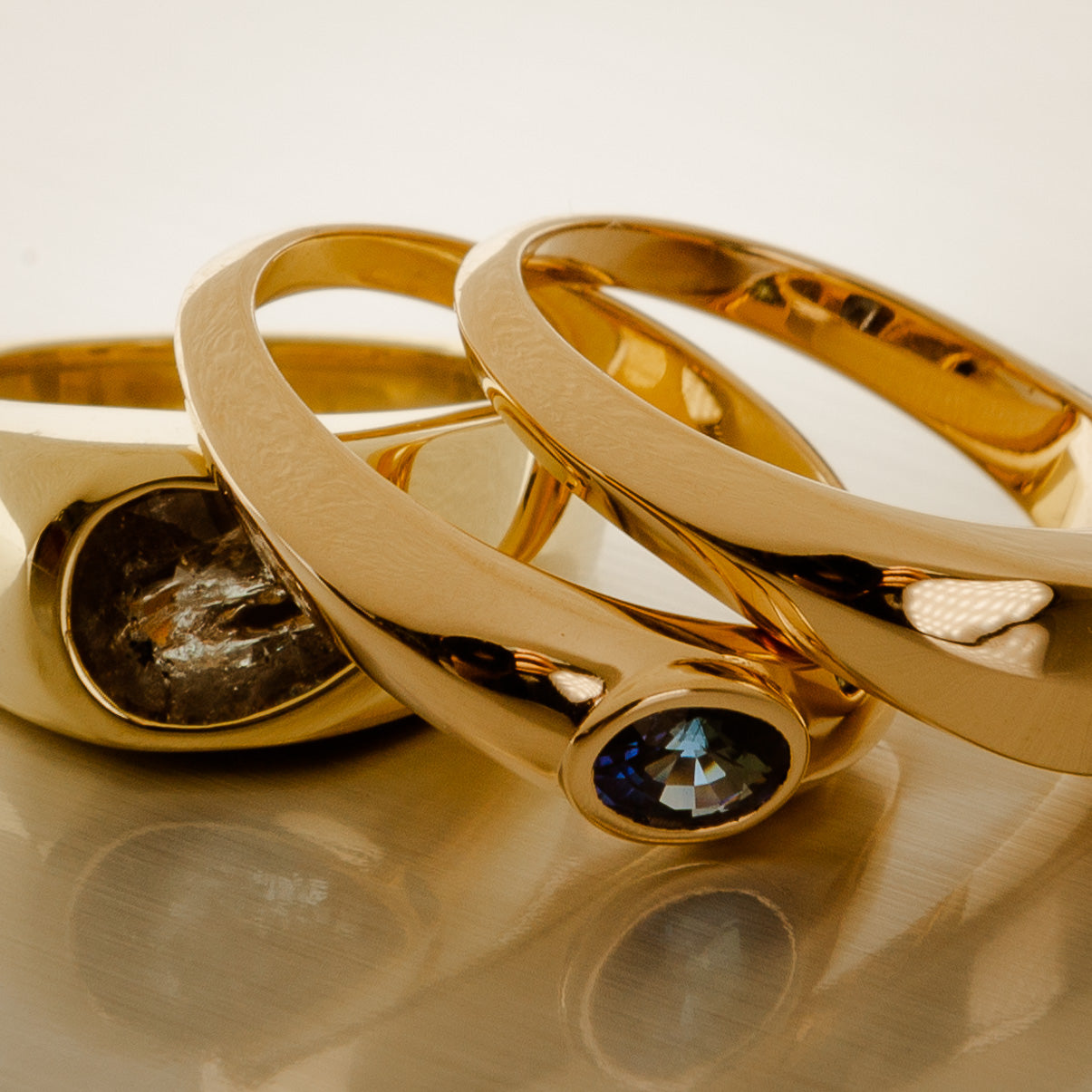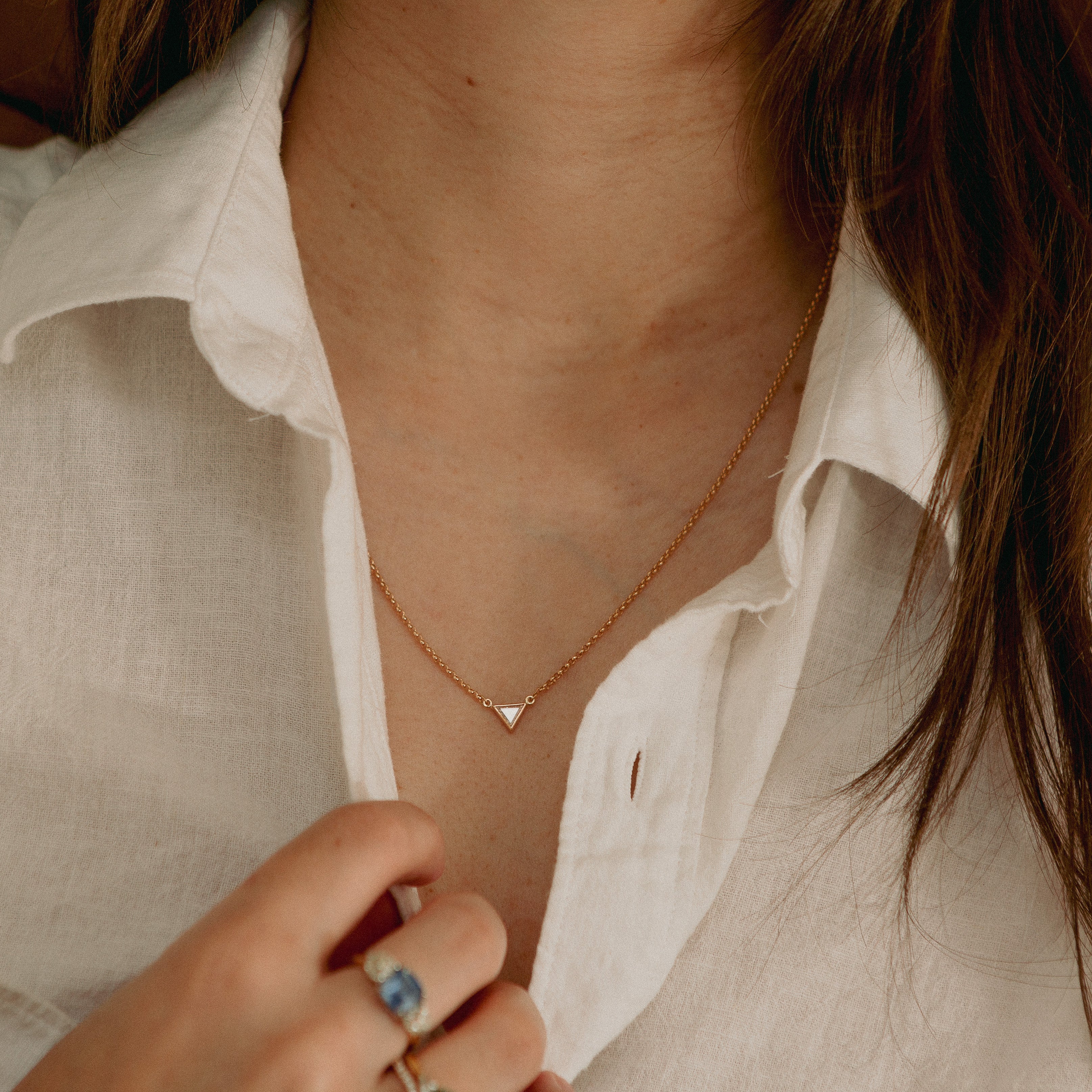Diamonds, those dazzling gems that have fascinated humanity for centuries, are much more than mere sparklers. They are symbols of love, commitment, and prestige. However, navigating the world of diamonds can be daunting, especially for those unfamiliar with the intricacies of their grading. That's where the 4Cs come in. In this guide, we'll delve into the 4Cs of diamonds – Cut, Color, Clarity, and Carat Weight – and explore why they are crucial considerations for consumers.
Cut: The Sparkle Factor
The cut of a diamond is often considered the most crucial aspect, as it directly influences the stone's brilliance and fire. It's not just about the shape, but also about how well the diamond has been cut to reflect light. A well-cut diamond will have optimal proportions and symmetry, allowing light to enter and bounce back through the top of the stone, creating that mesmerizing sparkle. Conversely, a poorly cut diamond can appear dull and lifeless, regardless of its other qualities.
Color: The Hue Spectrum
Diamonds come in a variety of colors, from colorless to yellow or even fancy colors like pink, blue, or green. The Gemological Institute of America (GIA) grades diamonds on a scale from D (colorless) to Z (light yellow or brown). The less color a diamond has, the more valuable it tends to be. However, subtle differences in color can be difficult to discern to the untrained eye, especially once the diamond is set in jewelry.
Clarity: The Flawless Standard
Clarity refers to the presence of internal or external imperfections, known as inclusions and blemishes, respectively. These naturally occurring features are like the diamond's birthmarks, formed during its journey through the earth. The clarity grade ranges from Flawless (no inclusions or blemishes visible under 10x magnification) to Included (inclusions visible to the naked eye). While flawless diamonds are rare and highly coveted, most diamonds have some degree of inclusions that are typically invisible to the naked eye and don't affect the stone's beauty or durability.
Carat Weight: The Size Matters
Carat weight is perhaps the most straightforward of the 4Cs – it simply refers to the weight of the diamond. However, it's important to note that carat weight alone does not determine a diamond's value or beauty. Two diamonds of the same weight can appear drastically different depending on their cut, color, and clarity. Nevertheless, carat weight remains a big factor in the price of a diamond, as larger diamonds are generally more valuable and desired.
Which C is the Most Important?
The answer to this question really depends on your priorities and budget when you are choosing a diamond. For some, having a bright white stone is the most important factor. For others, it might be the size of the diamond. Some shapes, for example an emerald cut diamond, really benefit from a high clarity grade while other shapes, like a round brilliant cut do a better job of hiding inclusions.
Why Do the 4Cs Matter to You?
Understanding the 4Cs empowers you to make informed decisions when purchasing diamonds. By considering each of these factors, you can choose a diamond that aligns with your preferences and budget.
In addition, the 4Cs serve as a universal language in the diamond industry, enabling buyers and sellers to communicate effectively about the quality and characteristics of a diamond. Whether shopping online or in person, you can rely on the consistency and reliability of the 4Cs grading system to evaluate and compare diamonds from different sources. Many diamonds will come with a Diamond Grading Report from a 3rd party grading lab like The Gemological Institute of America, allowing you to feel at ease that a diamond's characteristics have been independently assessed and documented.
By understanding the significance of each C, you can embark on their diamond-buying journey with confidence and clarity.







